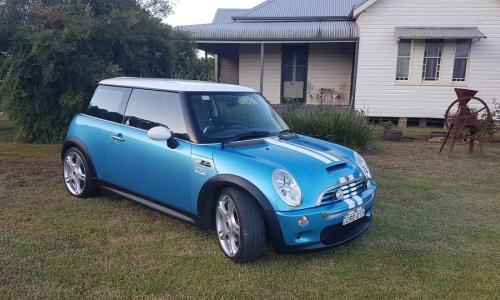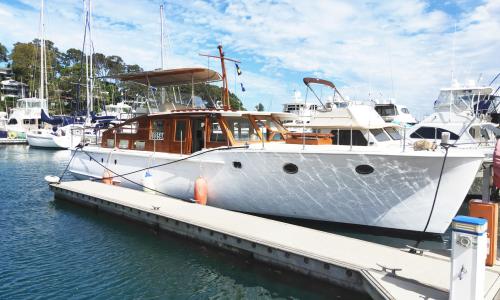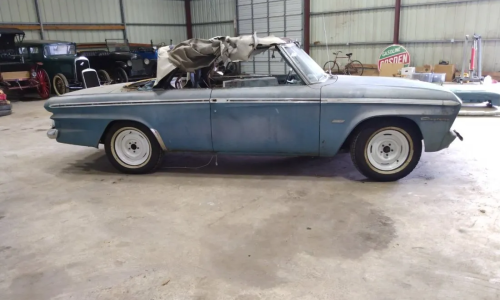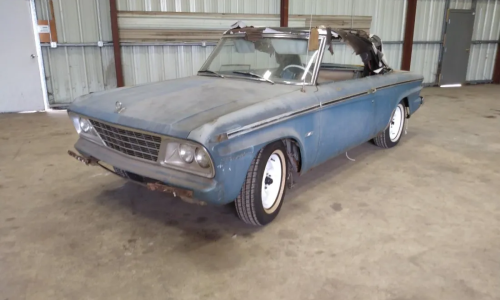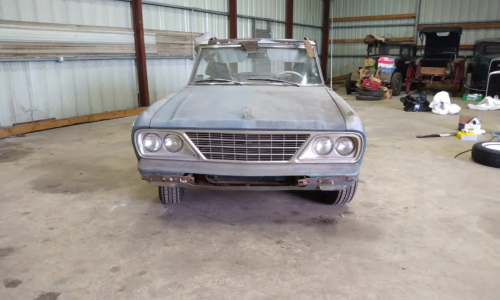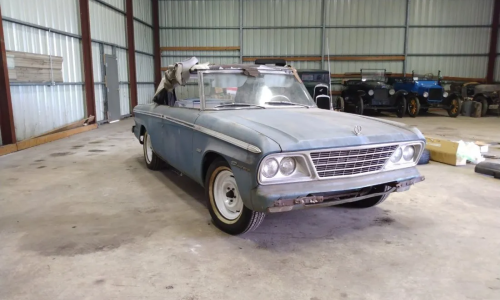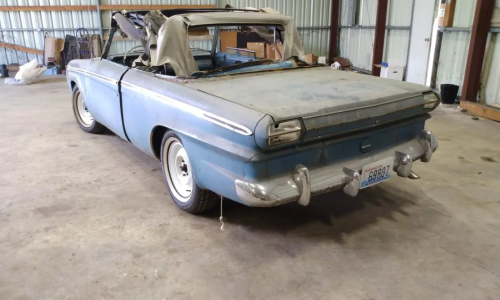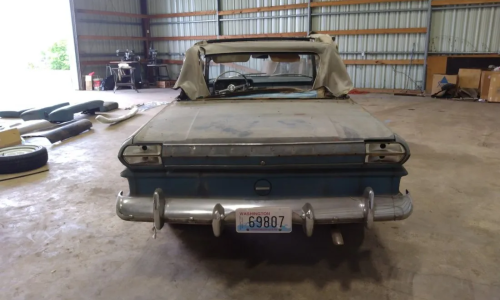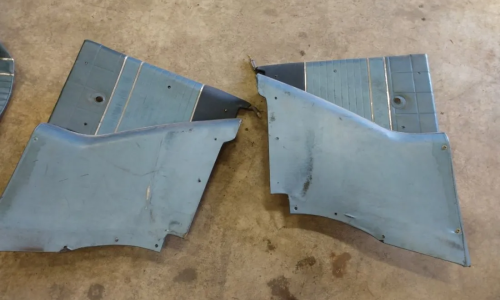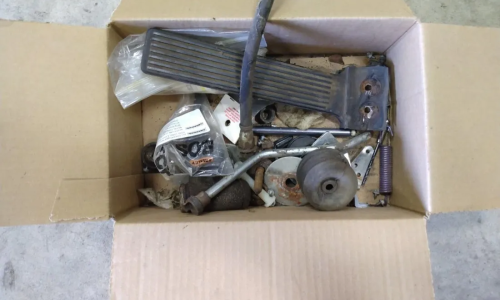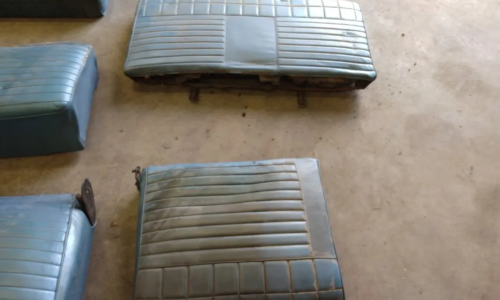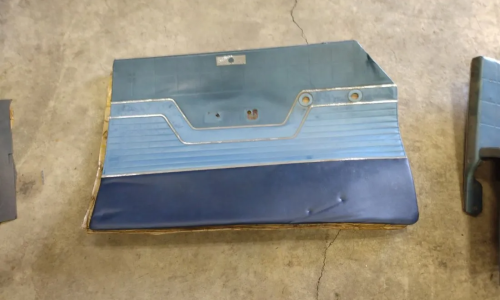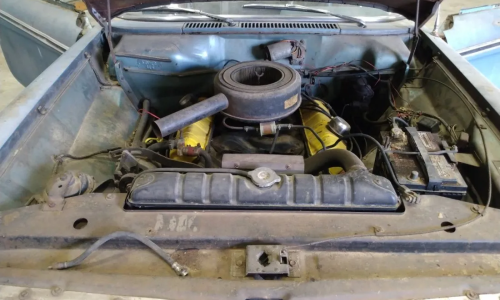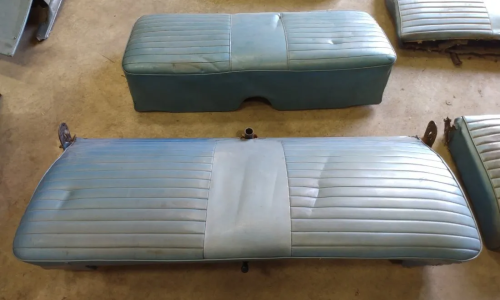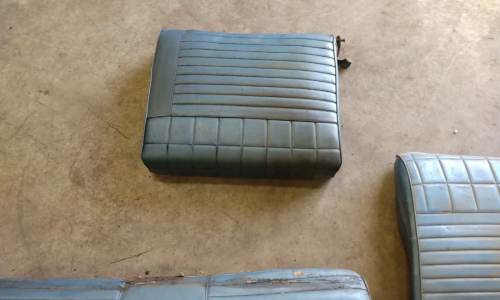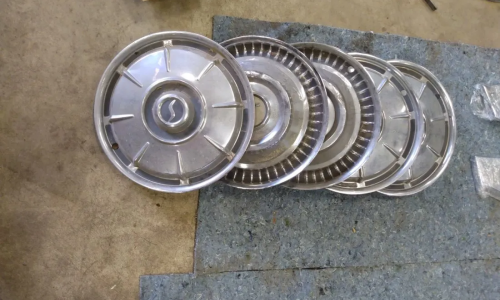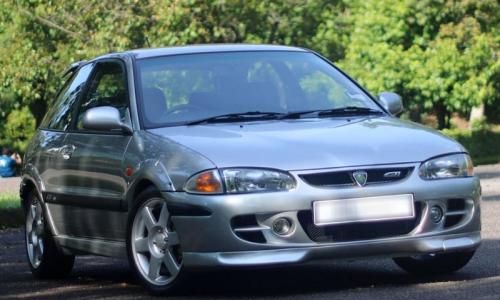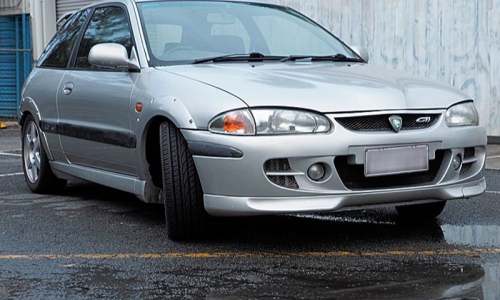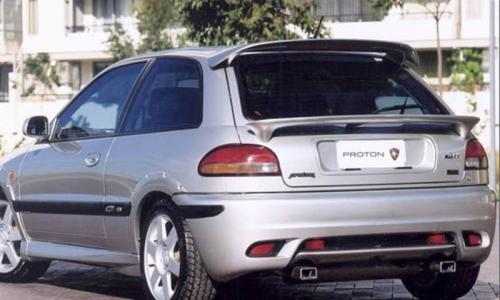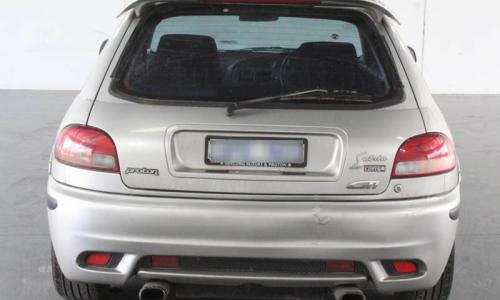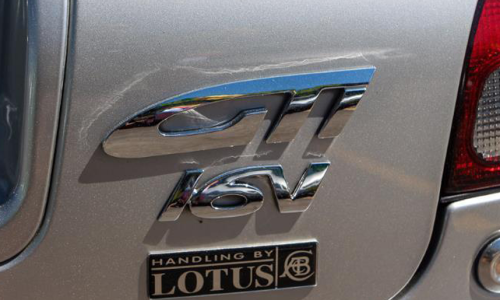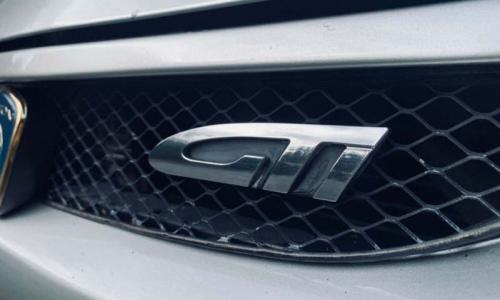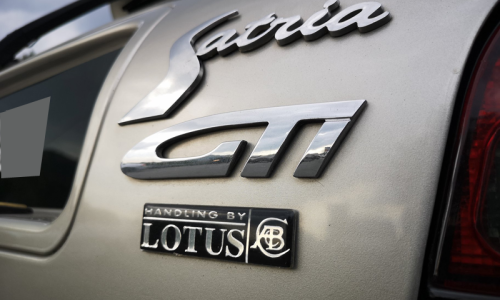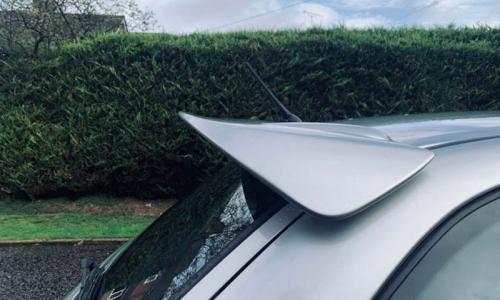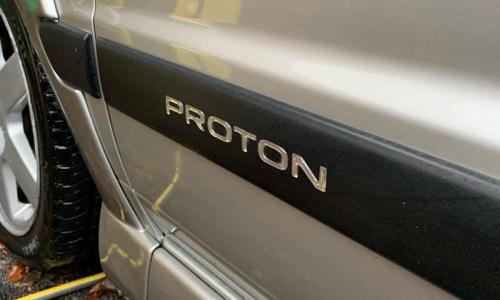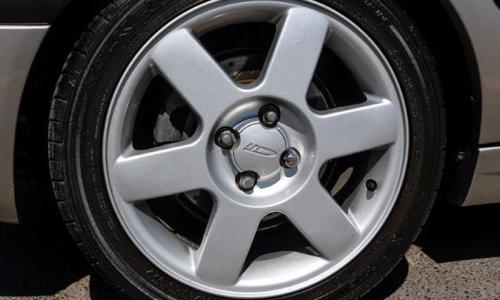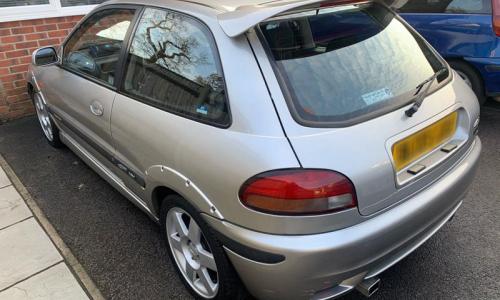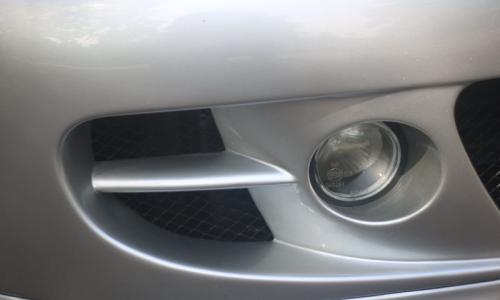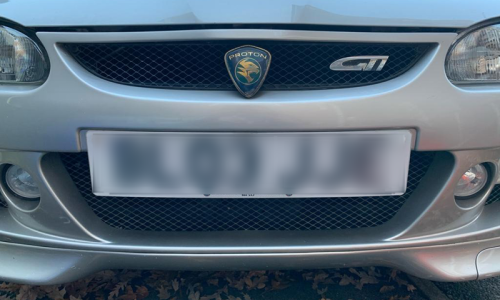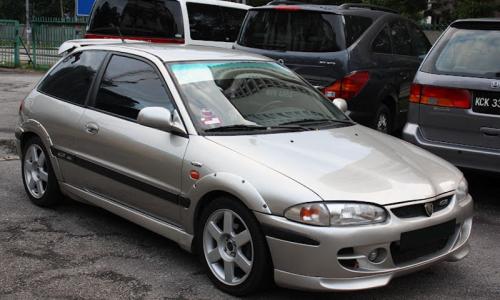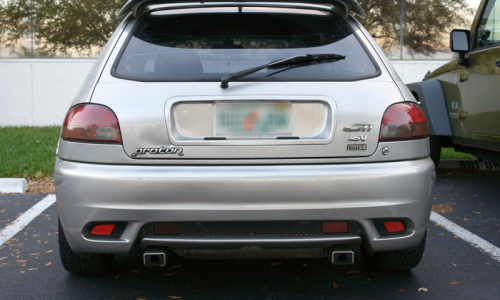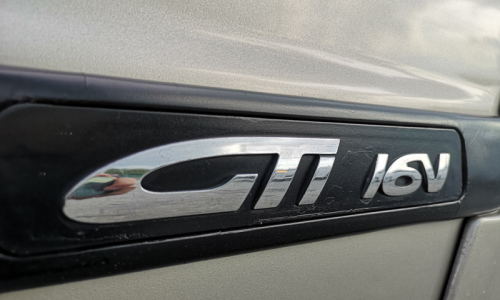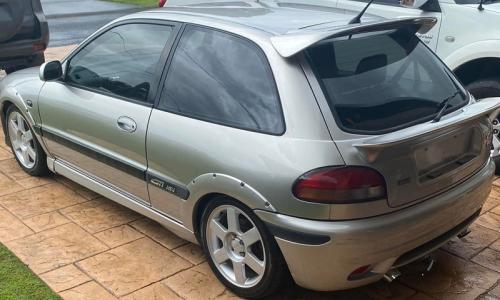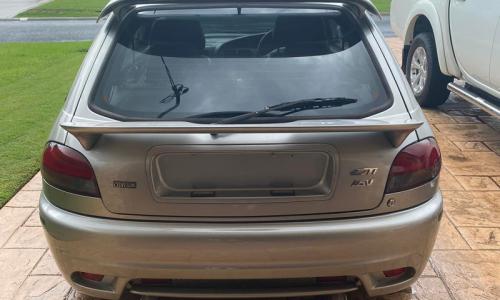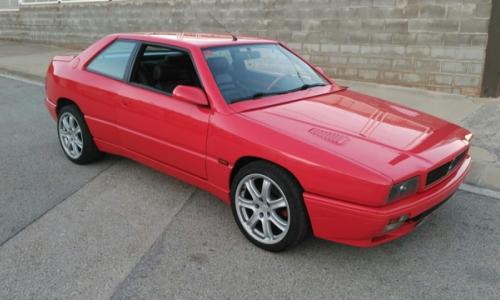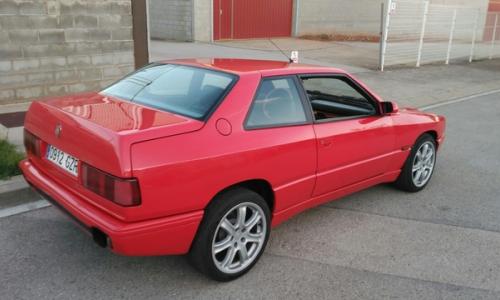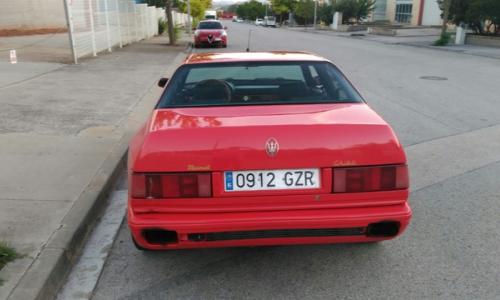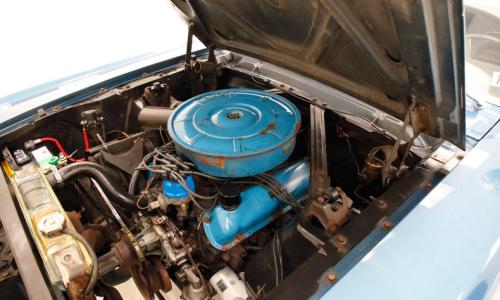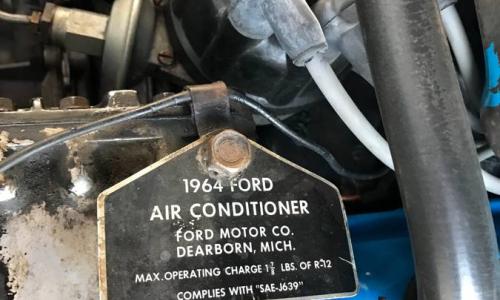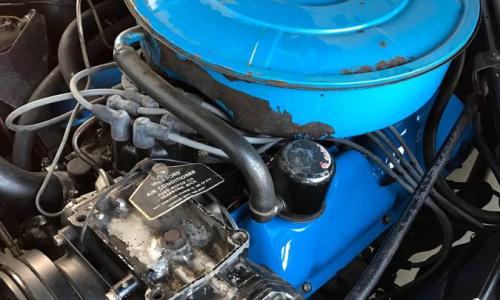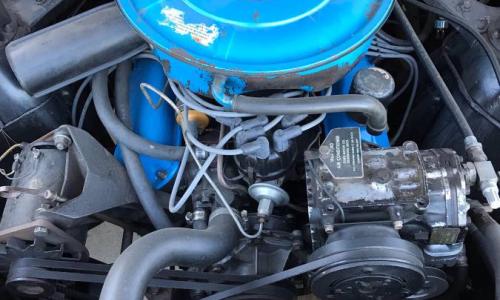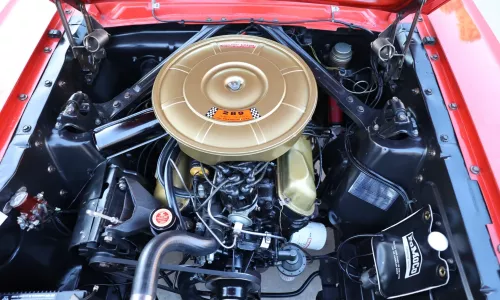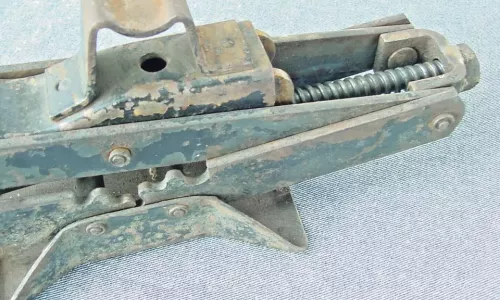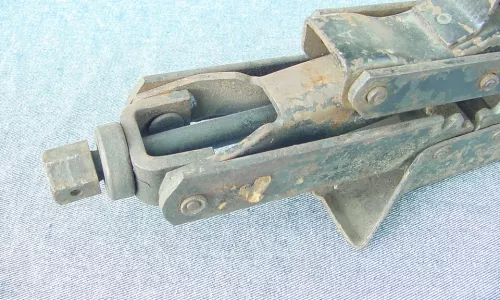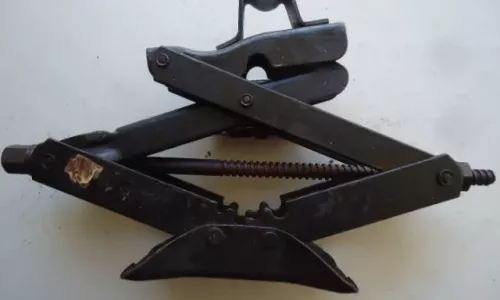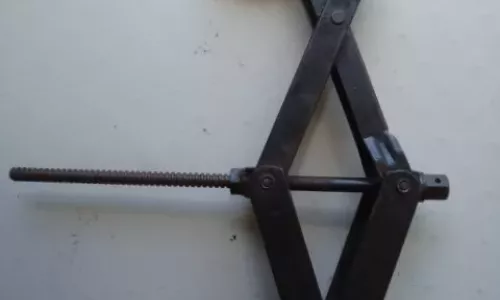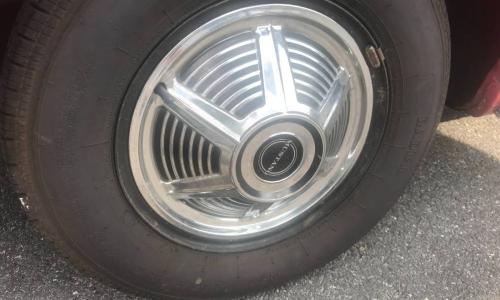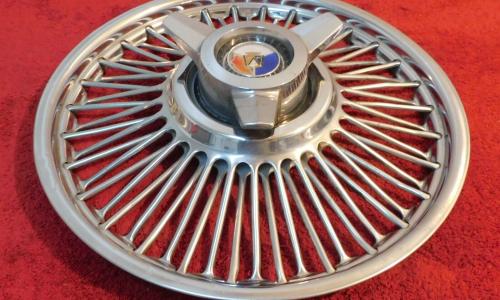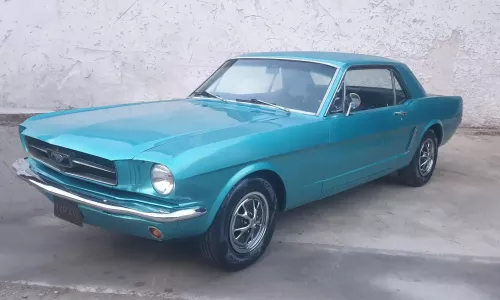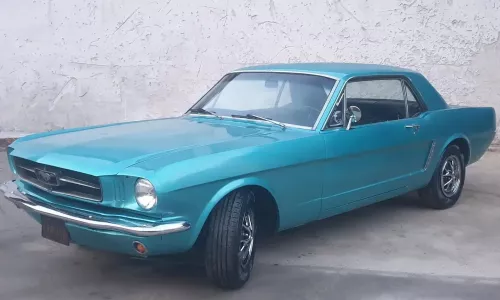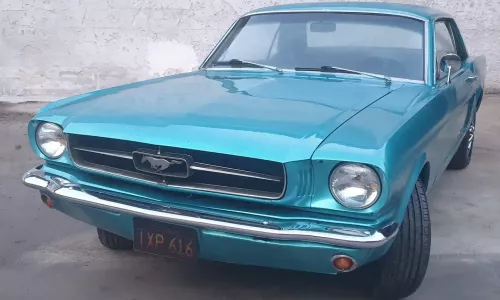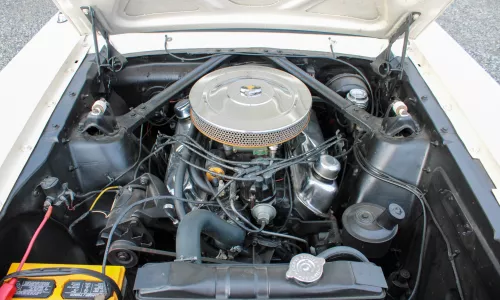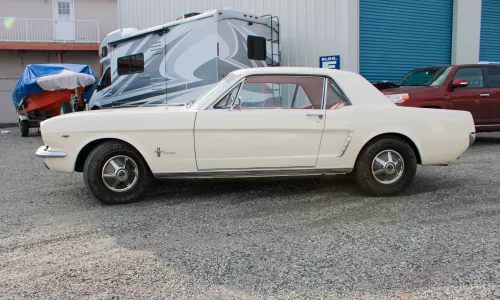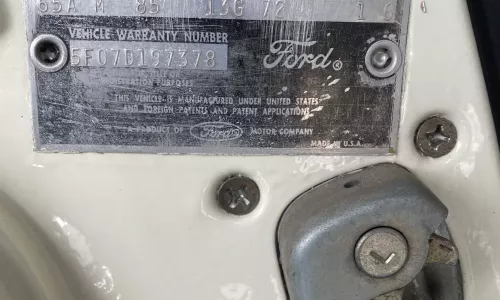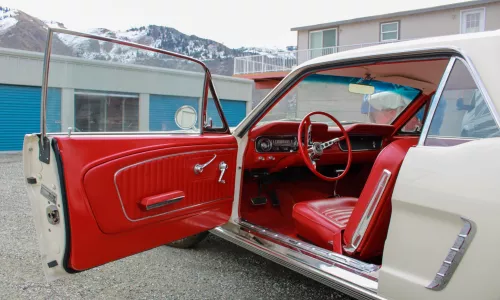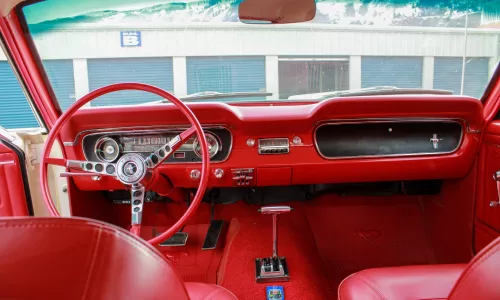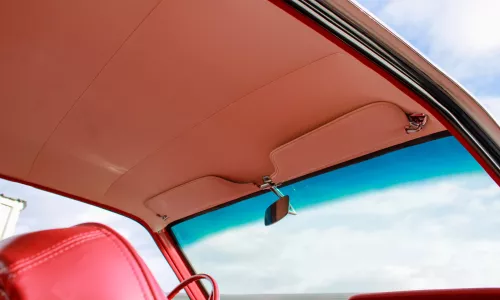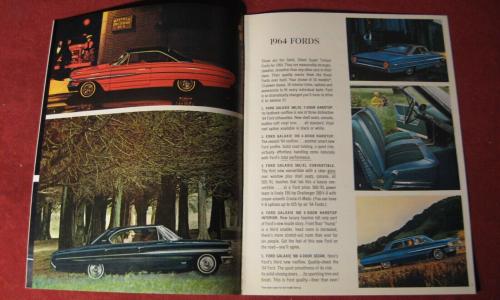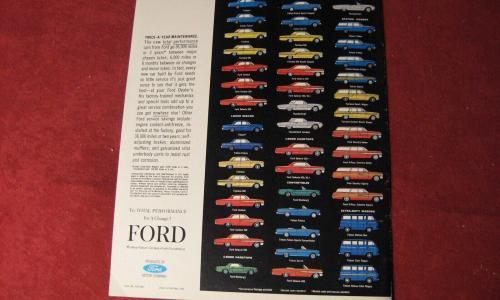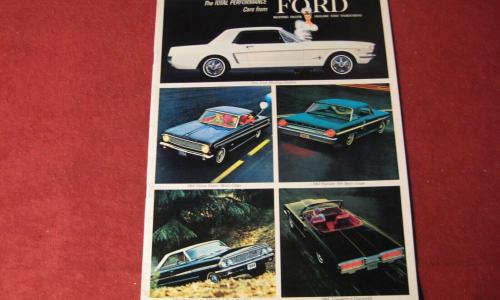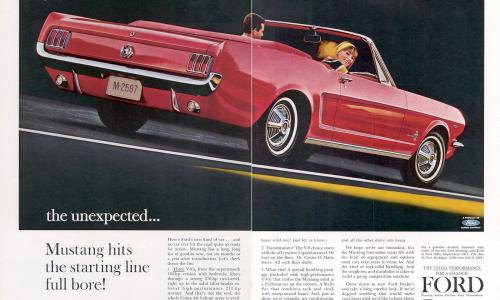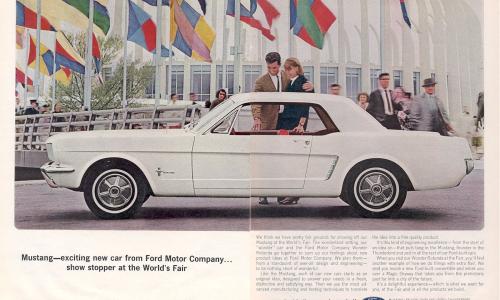Mercedes C140 information guide
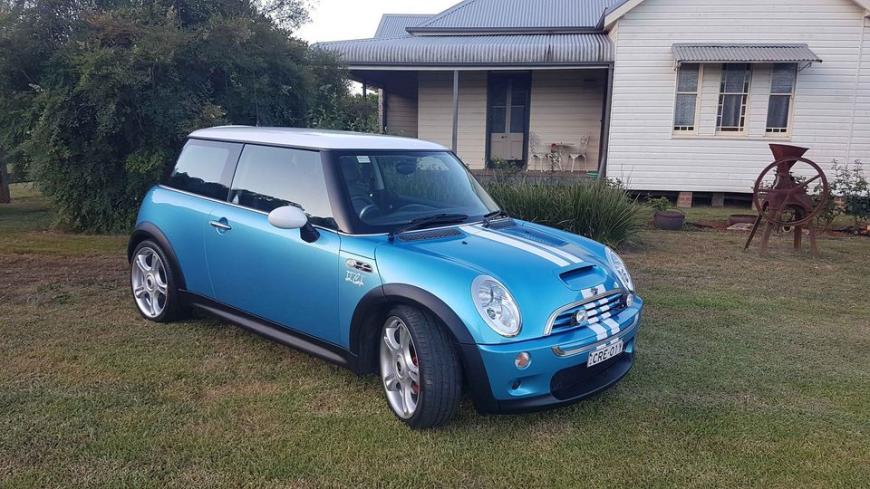
- Description
- Exterior features: C140 Mercedes
- Paint colours and codes: C140 Mercedes
- Interior features: C140 Mercedes
- Mechanical Specifications: C140 Mercedes
- Factory options: C140 Mercedes
- Wheel and tyre combinations: C140 Mercedes
- Motor racing history: C140 Mercedes
- Literature and documentation: C140 Mercedes
Description
This information guide details the features and specifications of Studebaker’s 1964 Daytona model range, including sedan, wagon, hardtop and convertible. The 1964 Daytona was introduced on 26 September 1963 and shared the Brooks Stevens redesign with the Challenger, Commander and Cruiser models.
This information guide details the features and specifications of Studebaker’s 1964 Daytona model range, including sedan, wagon, hardtop and convertible. The 1964 Daytona was introduced on 26 September 1963 and shared the Brooks Stevens redesign with the Challenger, Commander and Cruiser models.
This information guide details the features and specifications of Studebaker’s 1964 Daytona model range, including sedan, wagon, hardtop and convertible. The 1964 Daytona was introduced on 26 September 1963 and shared the Brooks Stevens redesign with the Challenger, Commander and Cruiser models.
This information guide details the features and specifications of Studebaker’s 1964 Daytona model range, including sedan, wagon, hardtop and convertible. The 1964 Daytona was introduced on 26 September 1963 and shared the Brooks Stevens redesign with the Challenger, Commander and Cruiser models.
- All cars were fitted with Recaro front seats (See image #1), and the rear seats were trimmed to match. The vast majority of GTis had black bolsters with grey/silver trim applied to the middle of the squab and back. The seats had “Recaro” embroidered in the centre back rest. See image 2.
- The rare “LE” model had the Recaro seats trimmed in dark grey / black leather, and the rear seats trimmed to match. This model also had a leather door card insert panel with “GTI” embroidered in white. Just 20 of these cars came to Australia. These cars had a build number plaque fixed to the passenger side of the dash (refer to last 4 images in the gallery for examples of trim and the plaque).
- The dashboard fascia was a silver finish.
- Leather steering wheel.
- Blue text and white background instruments
- In 1999 - it was equipped with air-conditioning, ABS, dual front power windows (prone to break), electric mirrors and Recaro seats
- Airbag was introduced later. Unclear when.
- Later cars got nice carpet with GTi logos. Door panels, steering wheel and pedals also got GTi logo, and there was a revised gear knob.
- Cut-pile floor carpet and carpet mats with GTi logo
- Stainless steel door sill scuff plate garnish
- high-quality audio system with CD-player and six speakers
- aluminium racing-type foot pedals
- Leather gear shift boot
- Centre console with carbon check finish
- Aluminium gear shift knob
- 4 spoke steering wheel with driver airbag
- Titanium dial fascia meter cluster
This is a deThis is a description, this is a description.This is a description, this is a description.This is a description, this is a description.This is a description, this is a description.This is a description, this is a description.This is a description, this is a description.This is a description, this is a description.This is a description, this is a description.This is a description, this is a description.This is a description, this is a description.This is a description, this is a description.This is a description, this is a description.This is a description, this is a description.This is a description, this is a description.This is a description, this is a description.
This is a description, this is a description.This is a description, this is a description.This is a description, this is a description.This is a description, this is a description.
This is a description, this is a description.This is a description, this is a description.This is a description, this is a description.This is a description, this is a description.
This is a description, this is a description.
Vehicles built in late 1963 were manufactured in the South Bend plant in Indiana, USA. However, financial problems saw a decision to close that plant in early December 1963 after 112 years of operation. The last car to come down the South bend production line was a Bordeaux Red R1 Daytona Hardtop. All Studebaker production thereafter moved to the Hamilton plant in Ontario, Canada. Studebaker’s built after 1 January 1964 are often spoken of as “second series” 1964 models, as a result of certain production changes after the Canadian move.
Studebaker went on to continue the Daytona Range for two more years prior to shuttering its automotive division in 1966. Classic Register has put together two further guides for the 1965 and 1966 Daytona Sports Sedan cars (please see the links to those guides below the quick links.
The information on this page has been mostly extracted from literature, online sources or submitted to us directly by enthusiasts. Each source has been acknowledged in the final section of this guide. Particular acknowledgement goes to the Studebaker Drivers Club forum, and the February 1993 issue of the Studebaker Drivers Club “Turning Wheels” magazine, prepared by Fred K. Fox. That article has made our job much easier that it would have otherwise been.
The following are the mechanical specifications of this vehicle
This section is to detail the vehicle's factory optoins.
These are the wheel and tyre combinations available with the cars
Here's the motor racing history of these vehicles
Here are the docs/literature on these cars
